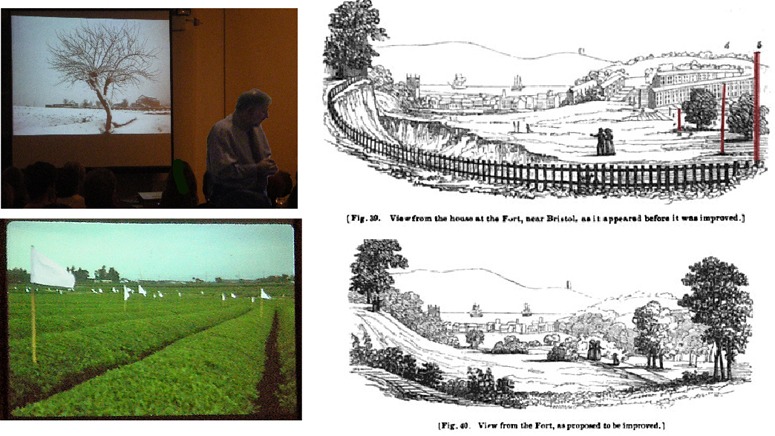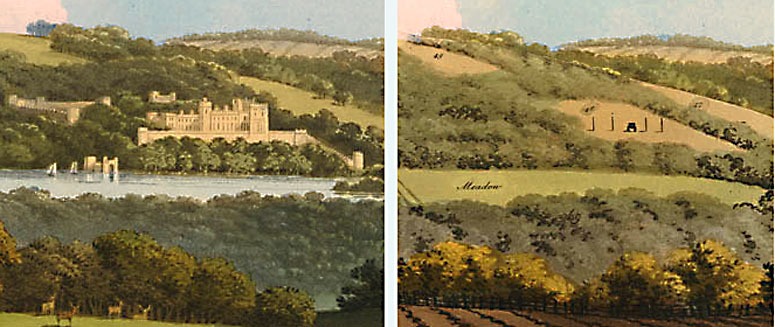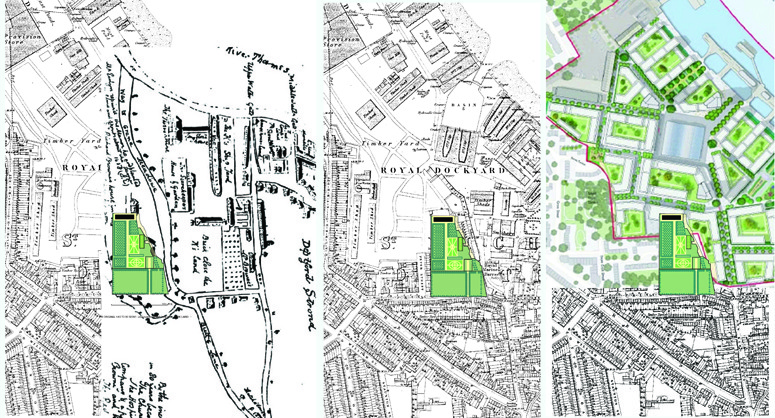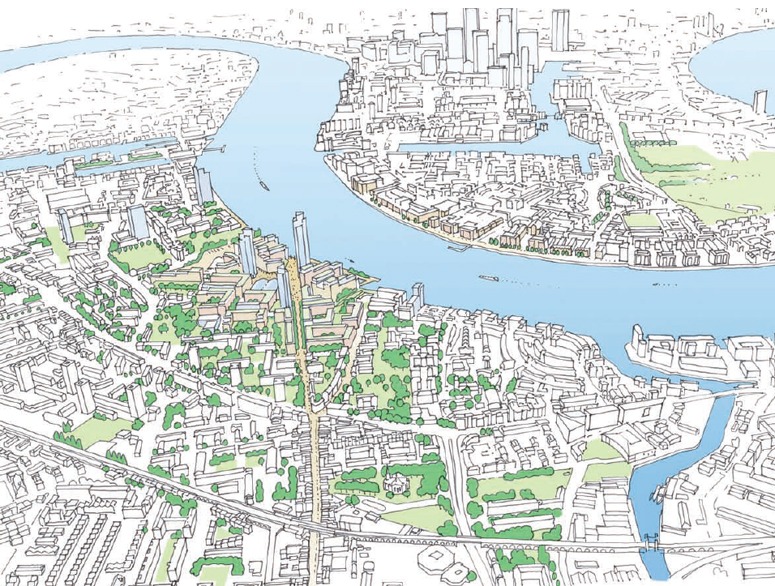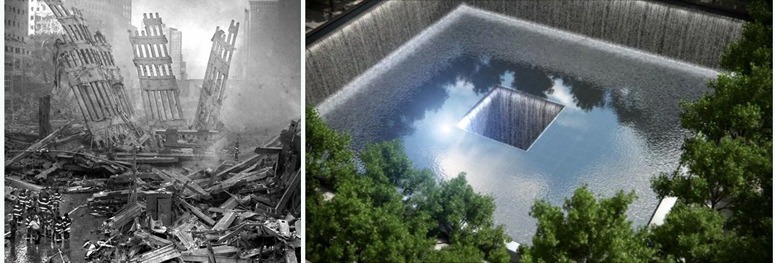
9/11 World Trade Center Memorial Landscape Architecture
The 9/11 Memorial to the victims of the World Trade Center attack opens today, 11th September 2011. The memorial was conceived by the 42-year-old Israeli-born architect
Michael Arad, with help from co-architect, Gary Handel, and landscape architect Peter Walker. The first pool opens on the 10th anniversary of the attack. When completed, it will be a tree-covered plaza with two giant pools marking the footprints of the Twin Towers. Maya Lin, who designed the Vietnam Veterans Memorial in Washington, was on the jury which chose the design. It is difficult to find similarities between the 9/11 attack and Vietnam events but there are undoubted similarities between the memorials. Both are sunken spaces, unlike most traditional memorials. Londoners may compare them to the Merchant Seaman’s Memorial on Tower Hill below), designed by Edward Maufe, which is also sunken and has names carved on black granite. Which of the three groups of people is best memorialised by a sunk space? The Vietnam memorial was criticised for making the fallen soldiers anti-heroes, associated with an unjust war. This cannot be the intention for the 9/11 Memorial.
Since the minimalist squares of the 9/11 memorial are Platonic Forms, they seem closer to God than to Man. Plato’s forms were the universal perfect shapes which must exist before any particular forms can exist on earth. Does their use in a sunk space indicate that the victims of the 9/11 atrocity are destined for a perfect world? Or are they symbols that Death, Revenge and Destruction may also be Platonic Forms which shape the world? If the squares were simply the outlines of the Twin Towers they could be historical traces, like the outline of the old fortress on the Place de la Bastille in Paris. Repetition of the square motif with the pools makes them Platonic forms in my eyes.
Judging only from the photographs, I think the 9/11 Memorial is very beautiful and very moving. Its sustainability credentials are also admirable. But should it be a memorial to human folly, not to the essential eternal wonder of the creation. The pile of rubble on the right-hand photograph would have been a good aid to remembering the tragedy. If it was too dangerous and too big then it could have been 3D-scanned and cast it in steel salvaged from the ruins, at a reduced scale.
There are always other ways of looking at memorials. The 9/11 attack was a disaster from every point of view, injuring both the cause of the attackers and the cause of the attacked. My view is that the Americans should have behaved like a Christian nation and, with the greatest heroism,
turned the other cheek. This would have made an immense contribution to the Christian virtues of purity, forbearance, ethical conduct and the rule of law. So I recommend the following interpretation of the 9/11 Memorial: it is a symbol of the lofty idealism for which everyone admires America at its best. It tells us how the nation
should have responded to the 9/11 attack. A peaceful response might have dealt a crushing blow to terrorism everywhere, showing that sacrifice purifies the victim and vilifies the perpetrators. This would remind us that the War on Terror was a misconceived and badly executed blunder. So the deep truth in the 9/11 Memorial would be ‘Forgive us, O Lord, for we knew not what were about to do’.
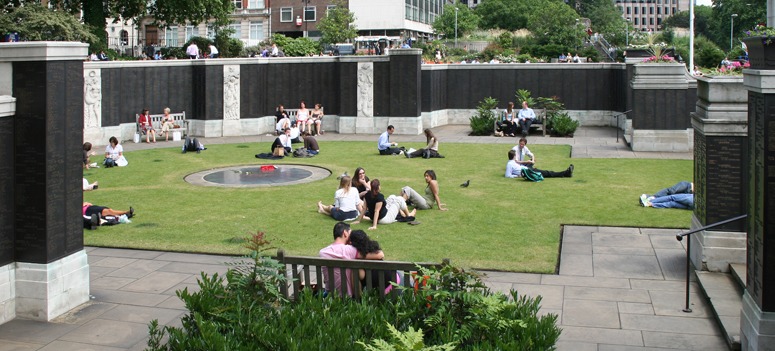
The precedent for sunken memorials with names carved on polished stone walls




